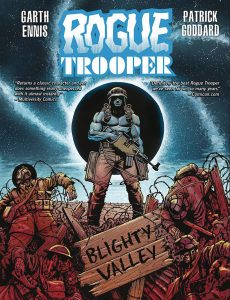 Rogue Trooper – Blighty Valley
Rogue Trooper – Blighty Valley
Writer: Garth Ennis
Artist: Patrick Goddard
Letterer: Rob Steen
Publisher: 2000AD
Publication Date: July 2024
I’m always surprised by the lack of World War I fiction, despite its rich, convoluted history and dramatic potential. Sure, we have various versions of All Quiet on the Western Front or 1917 but relative to World War II, there’s simply no comparison. When you consider the possible perspective of soldiers in that conflict, the idea that a generation is entering the largest war ever up to that point, that they’re fighting in The War to End All Wars, there’s much that can be written digging into that frame of mind and the eventual consequences. What would it be like to fight battles believing you are at the culmination of history’s propensity towards war? And how would it feel knowing that you’re completely wrong, that wars can and will continue to go on?
Rogue Trooper: Blighty Valley is a sci-fi twist on this concept. Garth Ennis, Patrick Goddard and Rob Steen team up to bring the titular Genetic Infantryman to the trenches of the Great War. Rogue teams up with some soldiers of the era, and their two conflicts merge to tell a larger story about humanity’s predisposition for war and whether conflict of this scale has any comprehensible rhyme or reason.
I’ve been reading through the publication history of Rogue Trooper for several months now and I was extremely excited for this collection to come out. I’m happy to report that it lives up to the hype. While a quick read, the story is layered with familiar themes for any fan of Rogue Trooper or Ennis’ work. Combined with Patrick Goddard’s incredible art, the story dives into the human toll of conflict and enhances the nihilistic premise and ultimate tragedy inherent to Rogue Trooper comics. Blighty Valley is a book in the spirit of Gerry Finley-Day and Dave Gibbons, which is all that any Rogue Trooper fan could ask for.
Garth Ennis has a fascinating career trajectory for anyone who hasn’t looked into it. He took over Hellblazer and wrote perhaps one of the greatest comic book runs ever when he was only 21 years old. He then went on to write his magnum opus, Preacher, when he was 25. Yet, his career as a writer began before either of these titles when he was still in the UK comics scene. Historically, much of that work has been obscured not just because of his US comics success that overshadows it, but also because Ennis himself is not a fan of that early era. Thus, seeing him return to his roots after a long career in America is fascinating in its own right.
Combining his mature works’ themes of war, guilt, faith and humanity’s destiny into the short-form prog style and with a high concept sci-fi characters like Rogue isn’t an easy feat, and Ennis pulls it off very well. It helps that the original run by Finely-Day/Gibbons is already ripe with these concepts and anti-war themes, giving Ennis a foundation to build off. Like those early progs, Ennis casts Rogue as a battlefield spirit. Not so much a strictly ideological tool of war but a representation of the inhumanity of war itself and the patron saint of disillusioned soldiers. He comes to meet his new crew of World War I recruits, each of whom have a very different relationship to the conflict, and tries his best to help them survive knowing full well that their hopes for a world of peace will never come true.
Ennis puts Rogue in an interesting position here, both in terms of the plot and the larger themes. Being a time-travel story, there’s a danger to giving any of these soldiers knowledge of the future that prevents him from answering their questions or telling them too much about himself. But equally, all of these characters, who feel frail and in over their head compared to Rogue, have their own hopes and aspirations. Each character is given a moment to articulate their thoughts on the war and Rogue equally doesn’t want to confirm or deny the fatalistic philosophical underpinnings of war for any of them. Like the early Rogue Trooper story, “Millie-Com Memories,” Rogue is trying his best to keep up the morale of his crew, bio-chips and humans alike. He withholds information not out of superiority but out of genuine care for the people he views as unprepared for the horrors that await them.
Patrick Goddard does incredibly work here to help humanize each of these characters and visually contrast them from the capabilities of a G.I.
The first thing I felt while opening the pages of Blight Valley is how well Goddard is able to capture the scale of this conflict. Prog after prog is filled with multiple vehicles, dozens of soldiers, guns and equipment. Goddard renders them all in painstaking detail which isn’t simply pretty to look at but gives us a sense of the agonizing pain and hopelessness of the war effort. Even the nameless soldiers gunned downed by planes or tanks are filled with personality, helping to compound the loss.
Secondly, Goddard is able to bring these scenes back down to earth, drawing and constructing dynamic compositions even when everyone is simply sitting around a campfire.
Every page is wonderfully rendered and adds to the drama. I would intentionally slow down reading the text of each balloon just to soak in all the detail present in the art and how well it guides the viewer through the emotions of the script.
Blight Valley ultimately asks a simple but bold question to its reader: If you knew there was no good ending, no getting out alive, no winning, would you still go on? In Ennis’ world, blind Patriotism is inseparable from fanaticism and therefore not a good answer to this question. Once you take Queen and Country out of the equation, you’re simply left with: as a human being what drives you to keep fighting despite your fate? As the stakes and ultimate tragedy of the human race become clear to each soldier, we see them continue to fight not for the glory of the war effort but for each other, and for the sake of helping their comrades. Like Rogue’s own journey, this isn’t about winning the war, this is about a promise to your (bio-chipped) friends to get home safely, to keep moving regardless of the endless nature of the conflict.
Rogue is the embodiment of war’s ability to make us less human. He’s genetically engineered to exist in a world hostile to human life. He’s a big, blue monster designed for nothing but war. But what makes him human, more human than anyone instigating these conflicts, is his loyalty to his crew and his desire to push on regardless of the aims of the larger military. He appears to these soldiers not as a tool to get the upper hand, but as a reminder that regardless of how you found yourself here, you have an obligation to get your men out alive.
Naturally, given the pulp sci-fi roots of this concept, not much of this theming is subtle but I don’t think it has to be. When you’re telling a story set in the War to End All Wars, it’s fitting that our characters talk with gravitas and direct awareness of the emotional stakes. War stories are entitled to some melodramatic speeches, and nowhere is that more appropriate than in the Trenches of the Great War.
Rogue Trooper: Blighty Valley is a stellar comic, and one of the best Rogue Trooper stories available. While Ennis and Goddard capture what makes the original 80s comic worthwhile and unique, they also craft their own vision of this world and continue the conversations developed in their own work. Ennis is completely in his element here, while Goddard lends him some vivid and incomparable images. The play between Ennis’ war musings and Goddard’s expressive pages creates a strong war comic, for fans of Rogue Trooper to be sure but equally for anyone that just wants a good book.
Read more great reviews from The Beat!


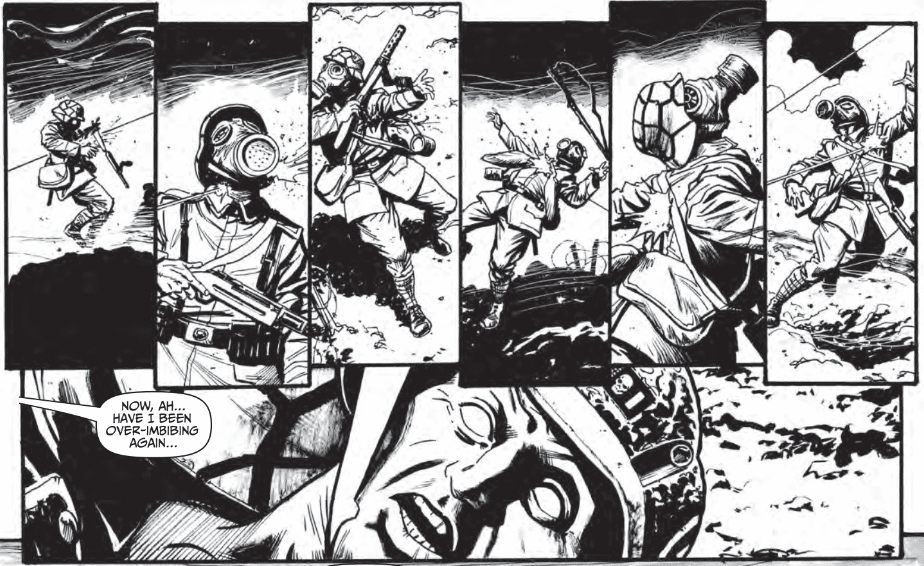
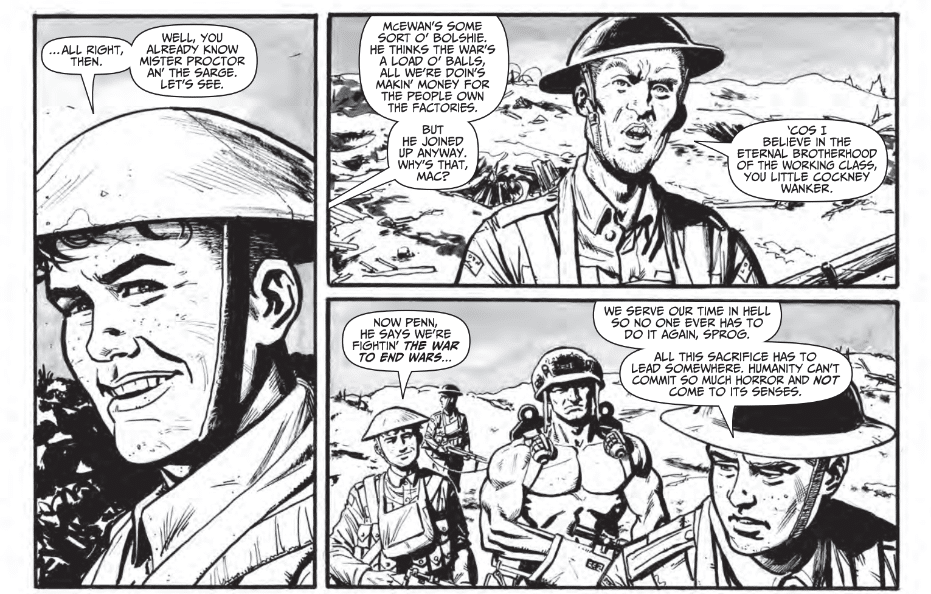
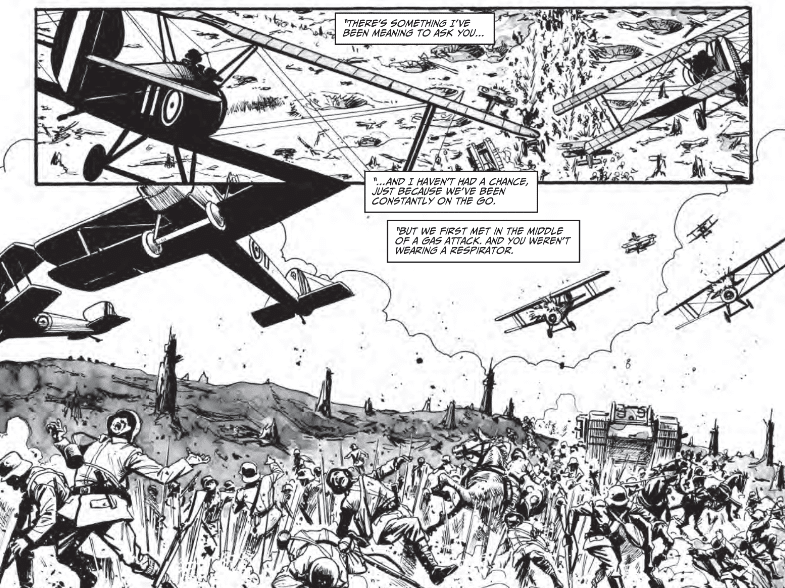
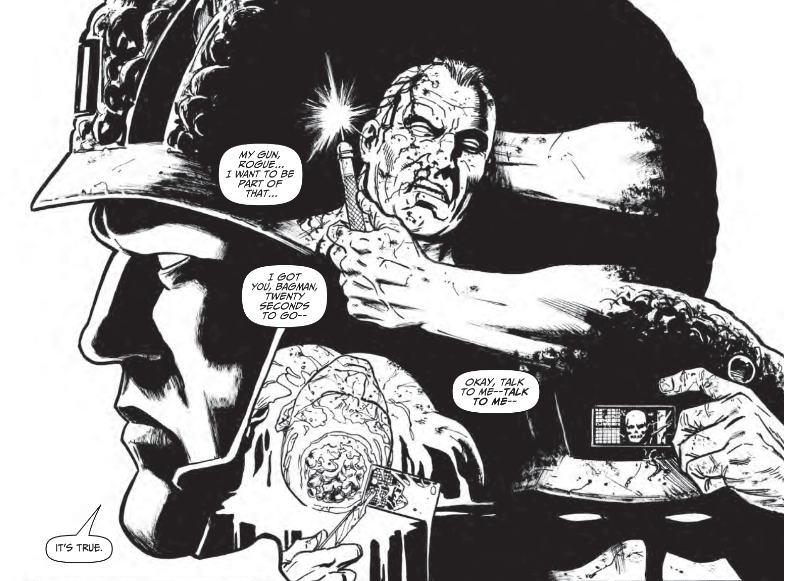
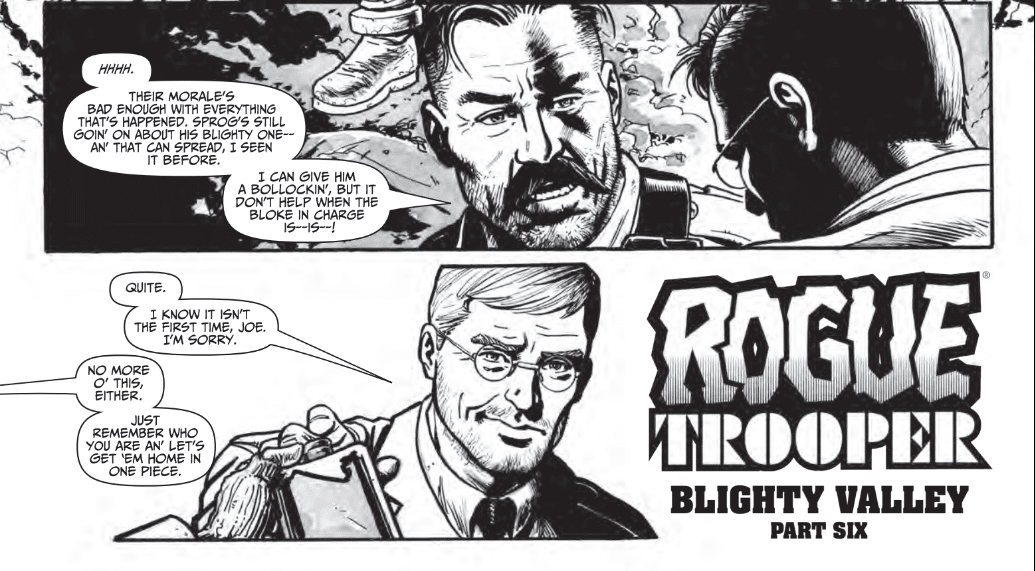
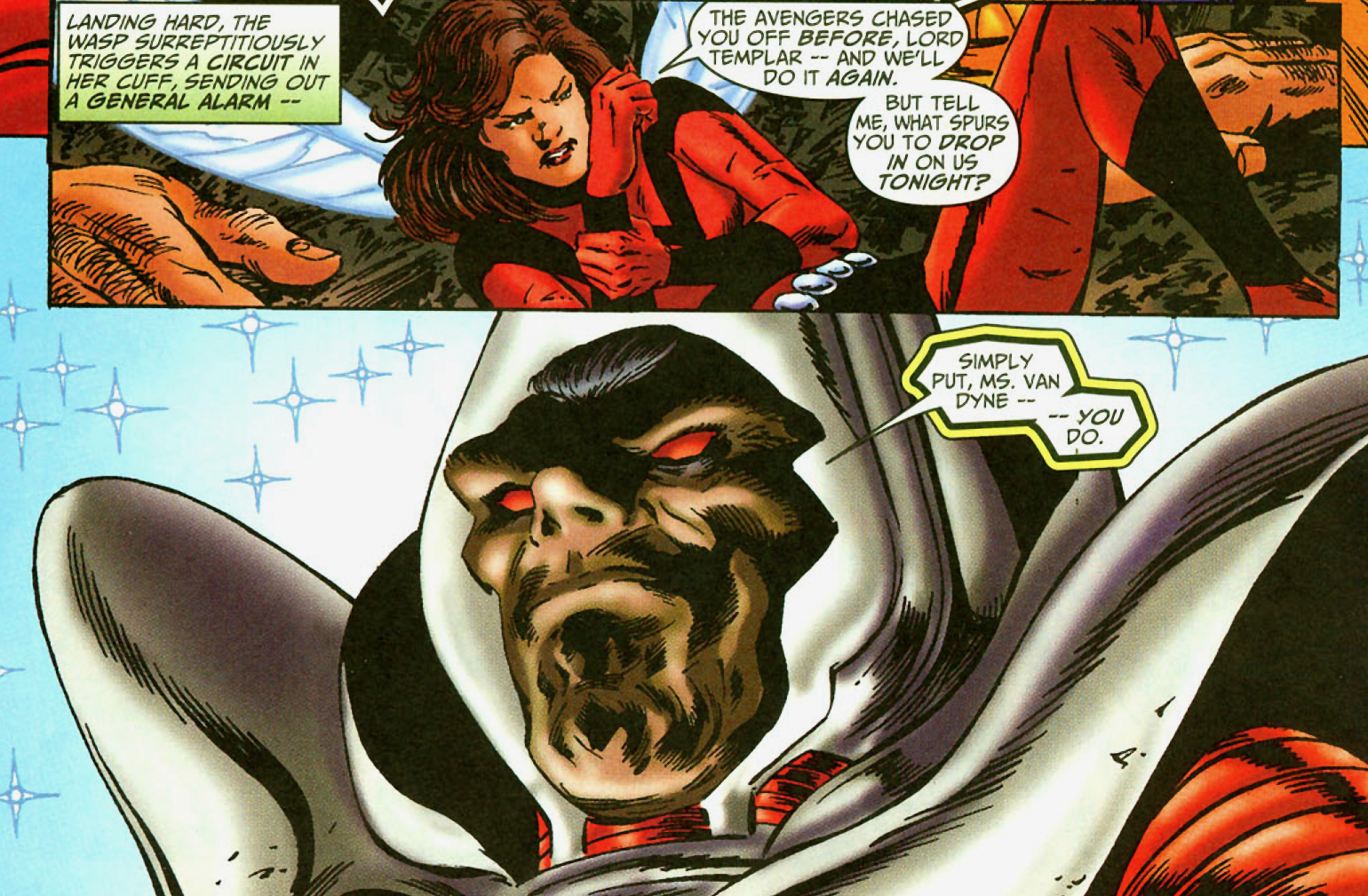

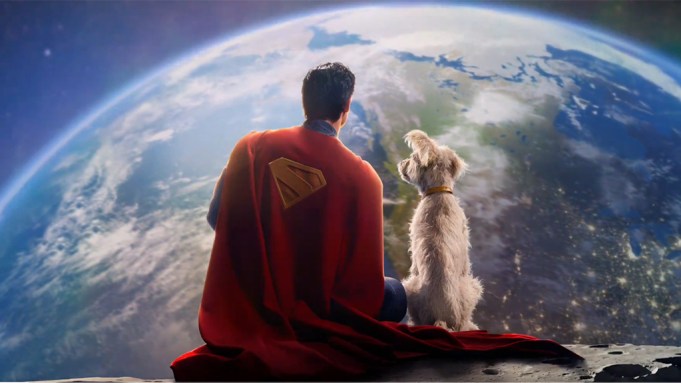


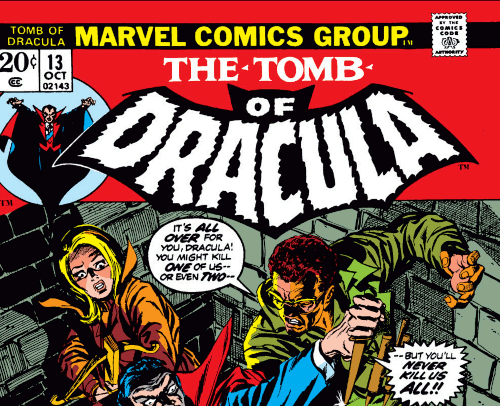
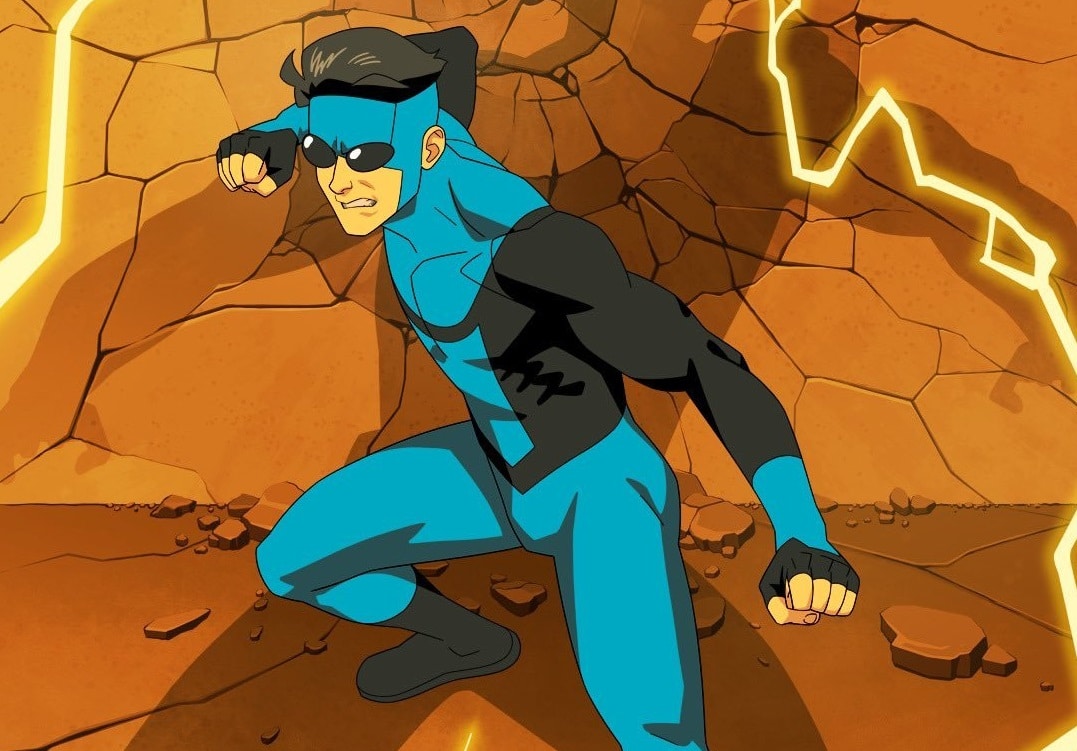


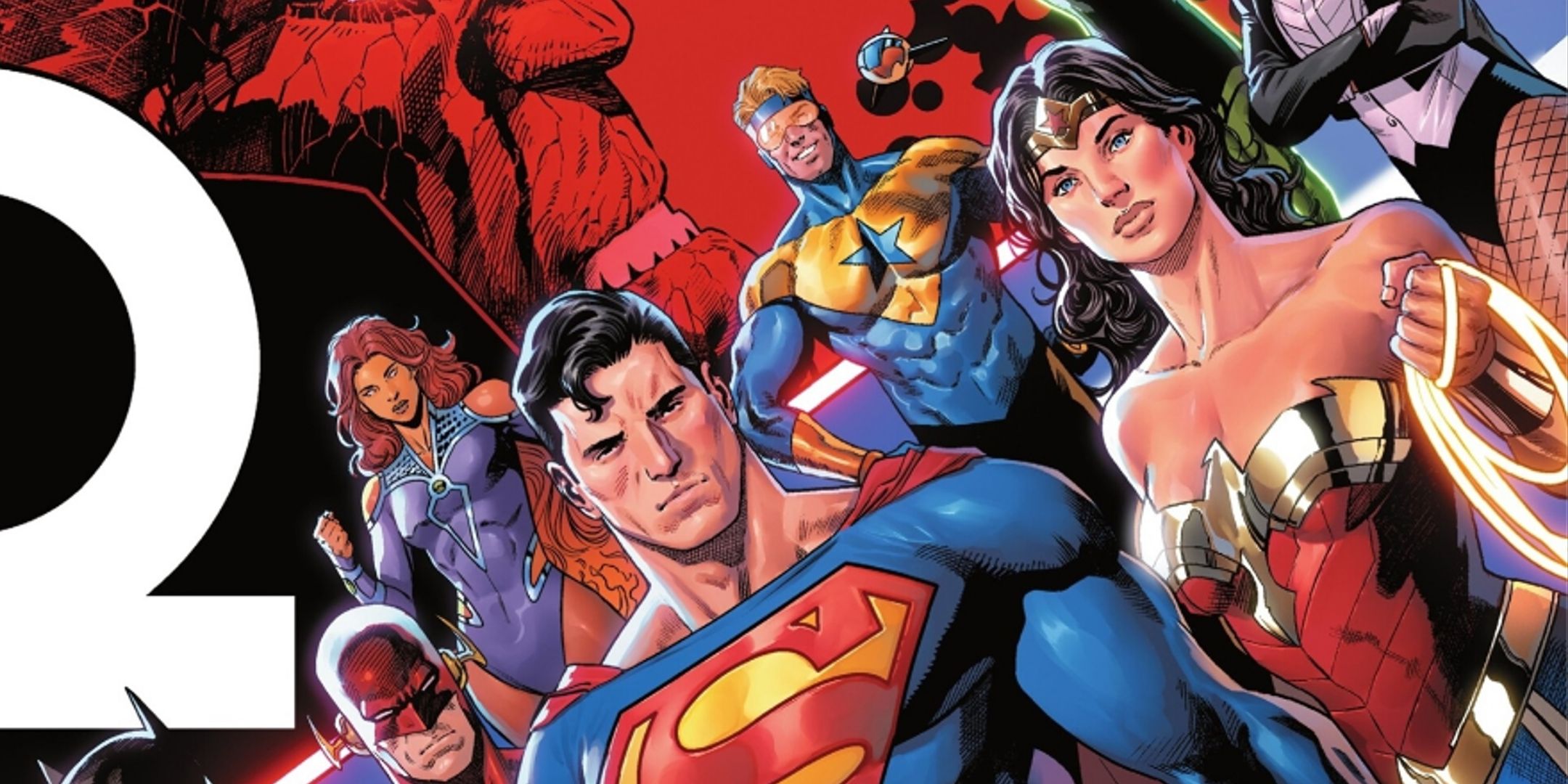
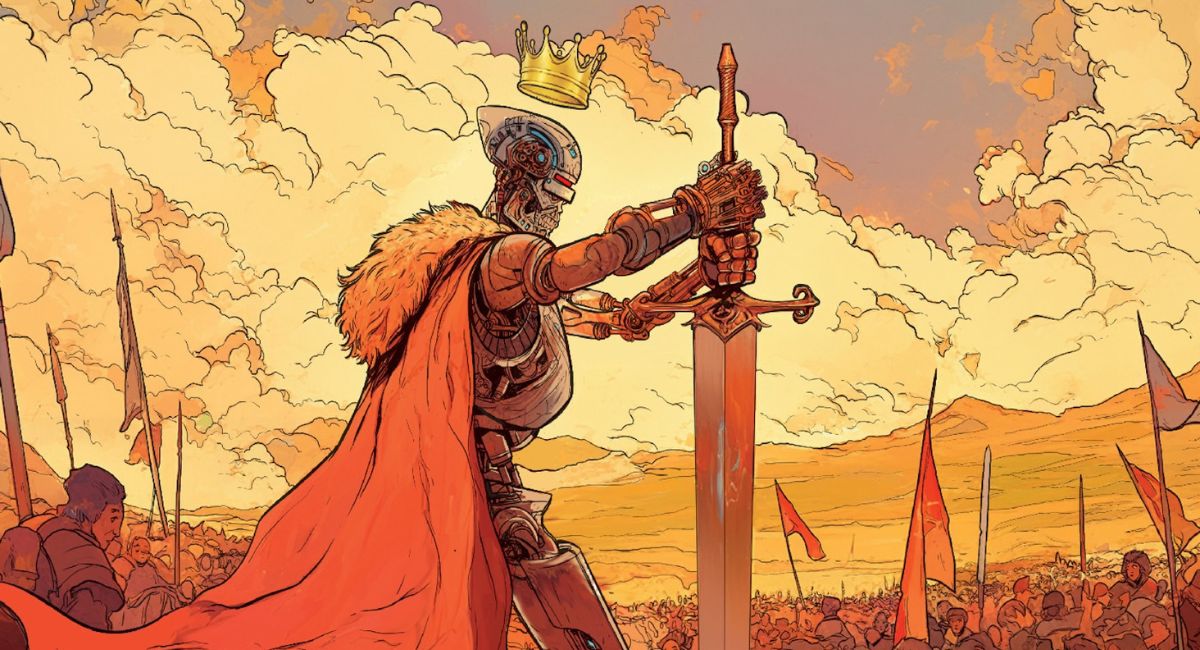


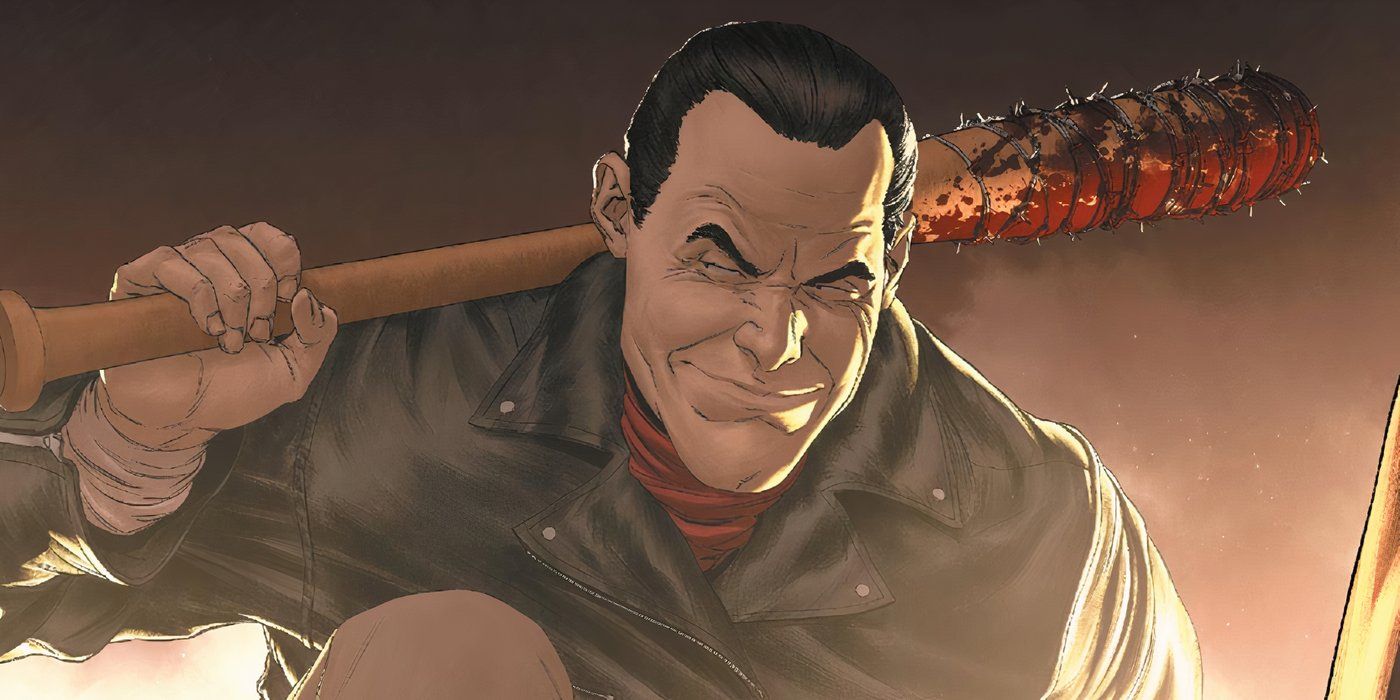




 English (US) ·
English (US) ·